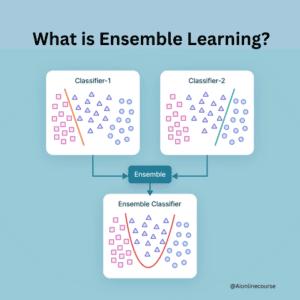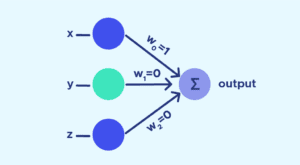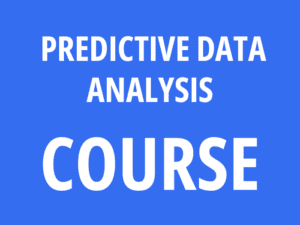Imagine Machine Learning as a “Chef’s Apprentice”
Imagine machine learning as a “chef’s apprentice” in the digital kitchen: it learns from recipes (data), experiments with techniques (algorithms), and eventually masters crafting dishes (predictions) tailored to everyone’s taste. With this in mind, let’s explore the fundamentals of Machine Learning (ML).
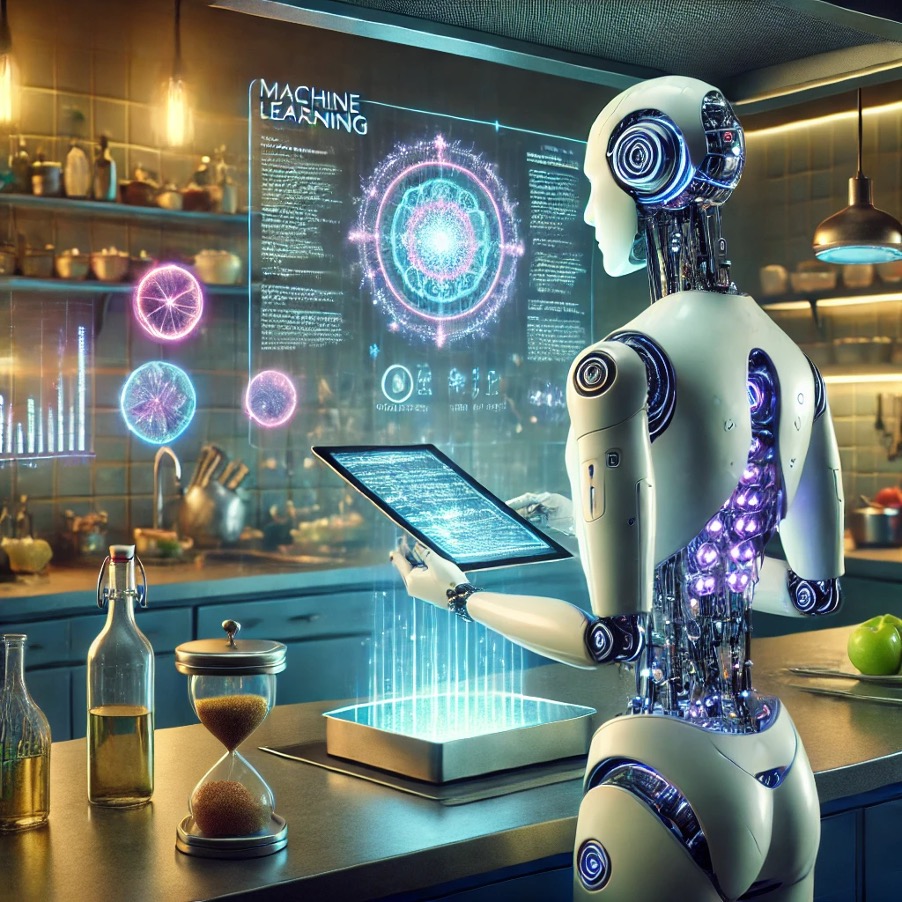
A Brief History of Machine Learning
Often called the “head chef” of this concept, Arthur Samuel introduced machine learning in the 1950s as a way for computers to learn without explicit programming. Over time, this apprentice evolved, mastering increasingly complex tasks and becoming integral to various industries.
What Is Machine Learning?
Machine Learning is like training an apprentice to create dishes without detailed instructions: the apprentice observes patterns, tests combinations, and refines recipes based on feedback. It enables systems to process data, identify patterns, and make decisions with minimal human intervention.
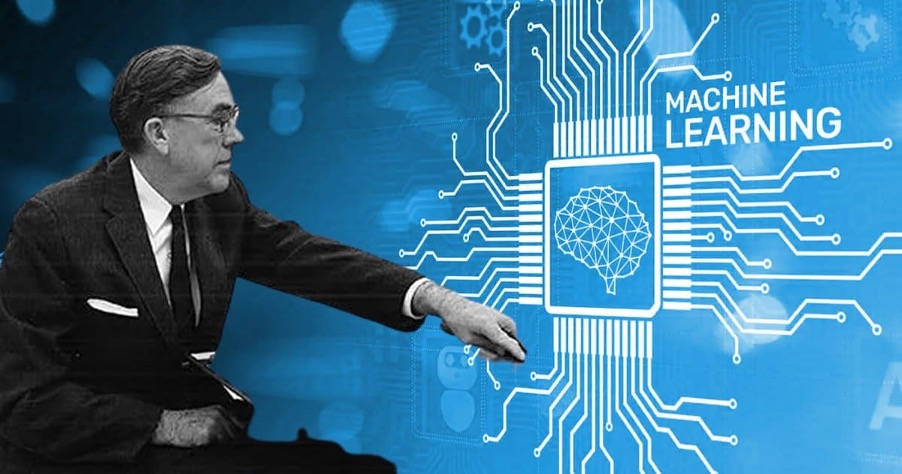
Why Is Machine Learning Used?
In industries, data often resembles an overflowing pantry—full but unorganised. Machine learning organises this pantry and uses its ingredients to:
- Discover Insights: Creating new recipes from existing ingredients.
- Automate Repetitive Tasks: Baking identical loaves quickly and efficiently.
- Predict Trends: Anticipating the next popular dish.
- Personalise Experiences: Tailoring meals for individual diners.
By addressing these challenges, machine learning enhances decision-making, boosts efficiency, and improves user experiences.
How Is Machine Learning Used?
The apprentice’s learning process mirrors ML’s systematic approach:
- Data Collection: Gathering ingredients from the pantry.
- Data Preparation: Cleaning and organising these ingredients.
- Model Training: Experimenting to perfect the recipe.
- Evaluation: Tasting and adjusting the results.
- Deployment: Serving the dish to diners.
- Monitoring: Collecting feedback and making improvements.
This step-by-step process ensures machine learning delivers reliable and impactful outcomes.
Types of Machine Learning
The apprentice learns in three main ways:
- Supervised Learning: Following a recipe step by step with guidance.
- Unsupervised Learning: Experimenting to create new recipes without instructions.
- Reinforcement Learning: Learning from trial and error in a live kitchen environment.
Each type adapts to specific problems, from classifying data to discovering hidden patterns or optimising actions.
Categories of Machine Learning Models
Machine learning models align with their functions, like culinary techniques for different purposes:
- Classification Models: Sorting dishes into categories, such as vegetarian or non-vegetarian.
- Regression Models: Estimating the quantity of an ingredient for a recipe.
- Clustering Models: Grouping similar flavours together.
- Dimensionality Reduction Models: Simplifying complex dishes into their essential flavours.
These categories help tailor solutions to a variety of tasks and challenges.
Software and Tools for Machine Learning
Machine learning practitioners rely on a robust set of tools:
- Programming Languages: Python, R (the knives and whisks of ML).
- Libraries and Frameworks: TensorFlow, PyTorch (recipe books).
- Platforms: Google Cloud AI, AWS AI, Microsoft Azure AI (state-of-the-art kitchens).
These tools empower users to build, train, and deploy machine learning models effectively.
Industry Applications in Australian Governmental Agencies
Machine learning is already cooking up solutions in Australian government agencies:
- Road Maintenance: Shoalhaven City Council uses machine learning to identify potholes through cameras on garbage trucks, enabling rapid repairs for over 10,000 road defects in three months.
- Law Enforcement: The Australian Federal Police (AFP) employs ML to enhance operational efficiency and disrupt foreign crime rings.
- Intelligence Services: The Australian Secret Intelligence Service (ASIS) leverages AI to analyse large datasets and pinpoint essential information quickly.



